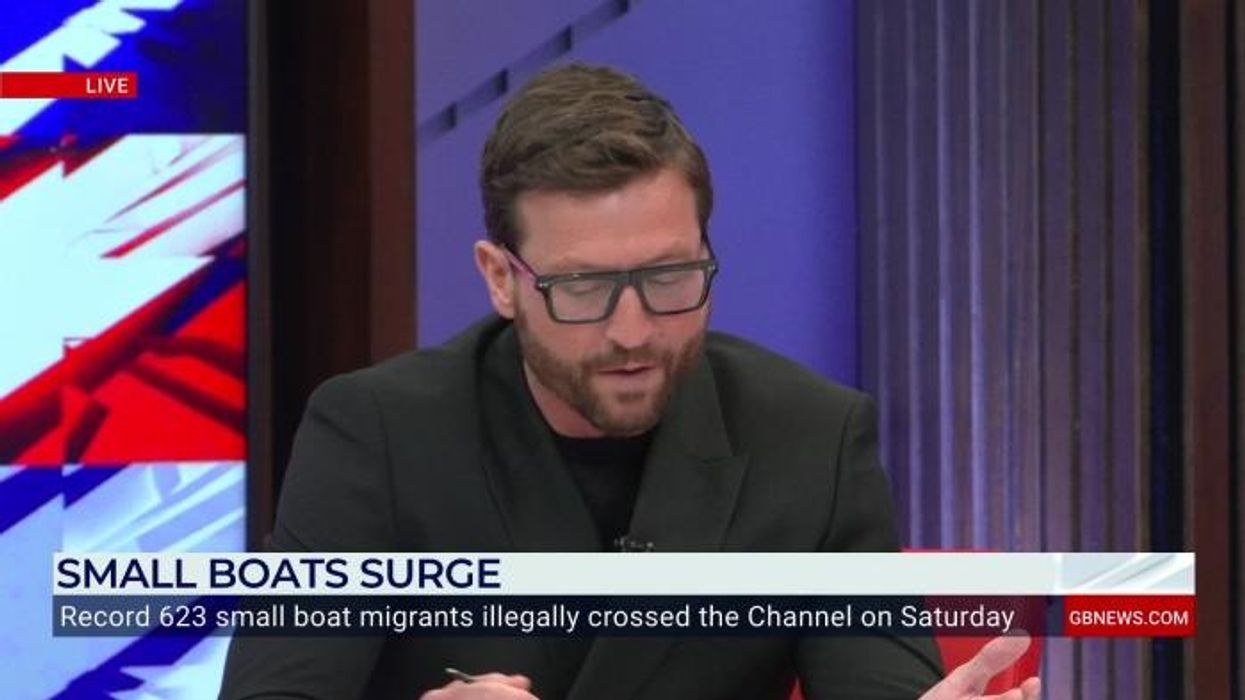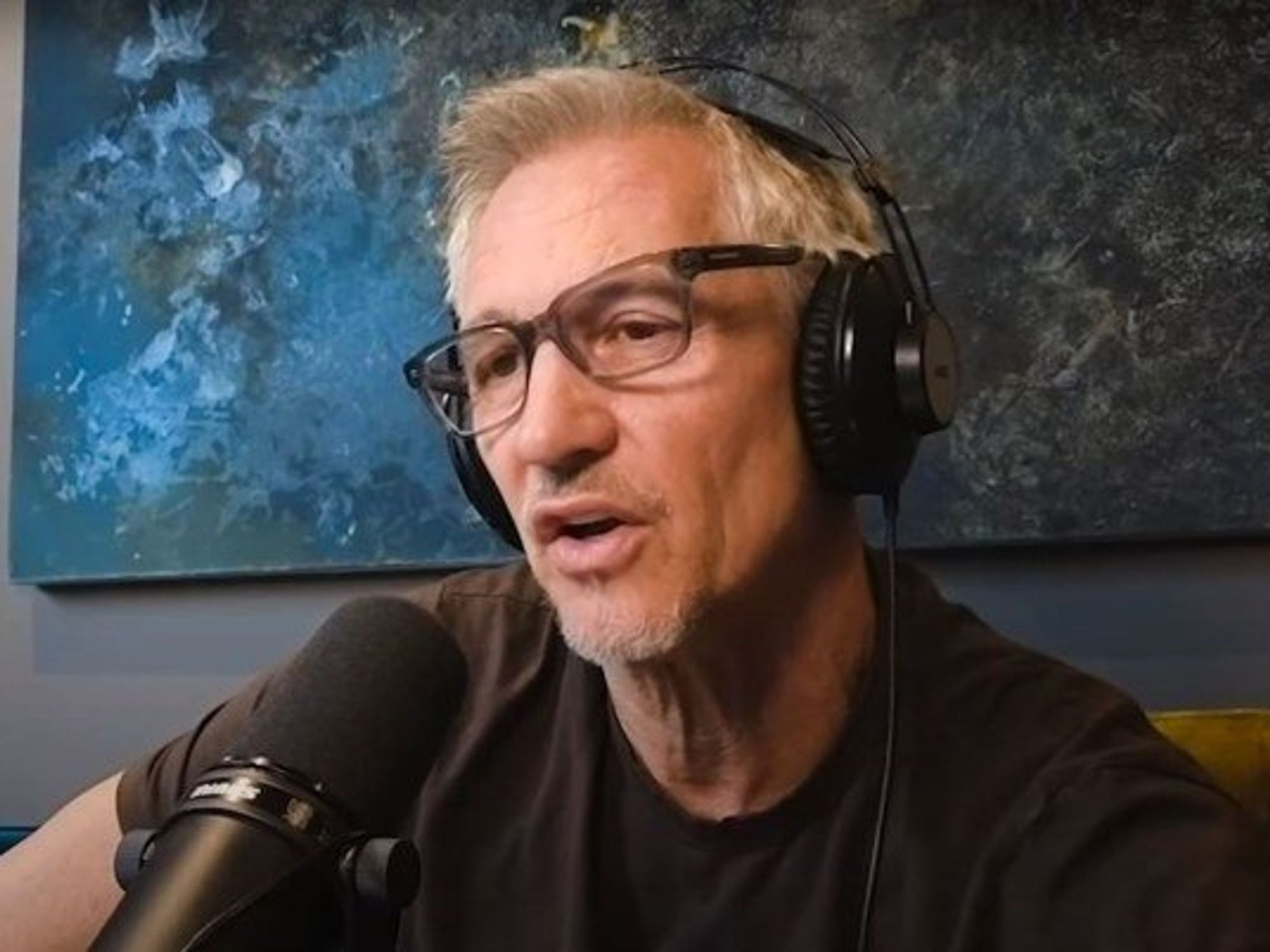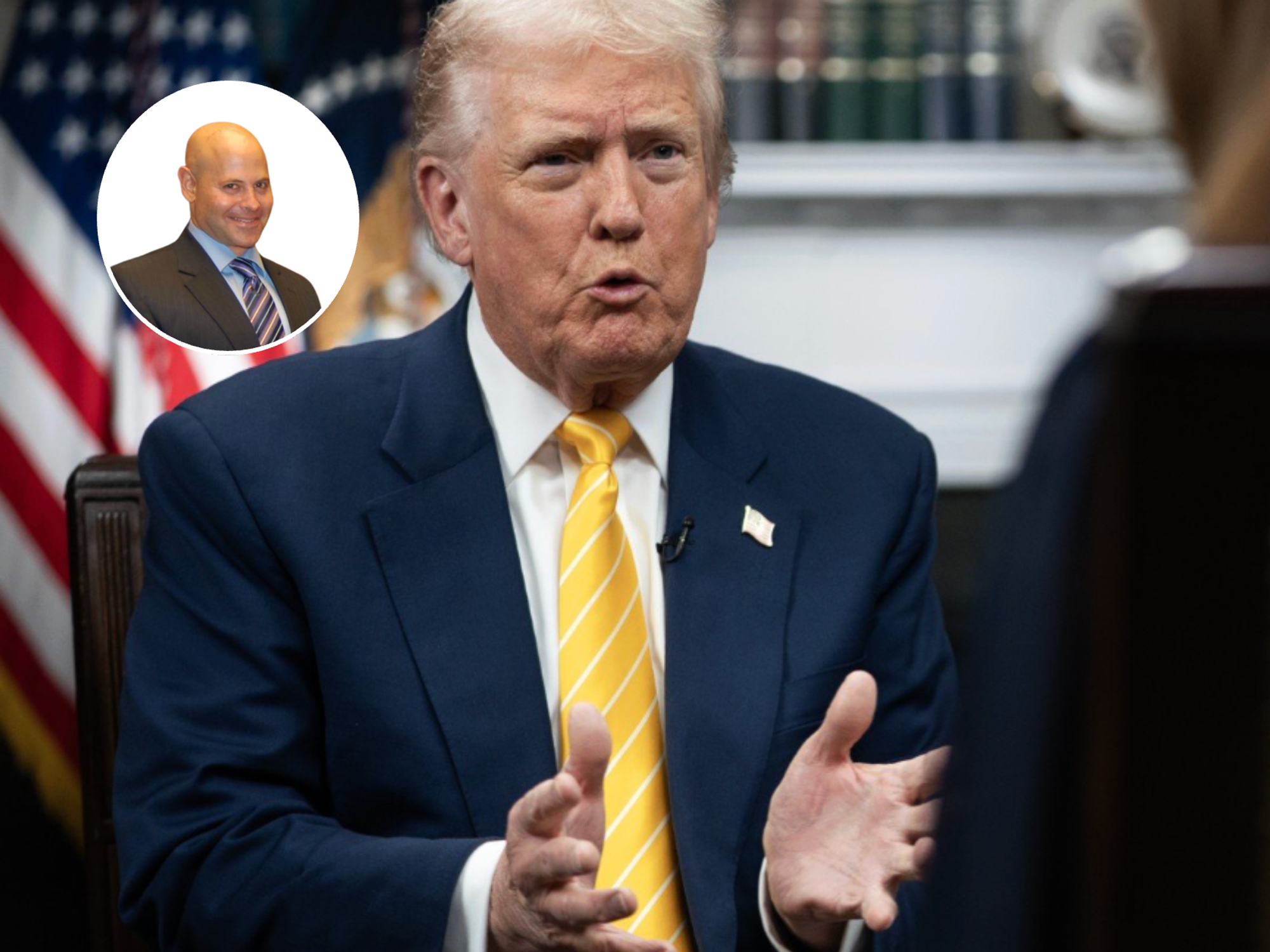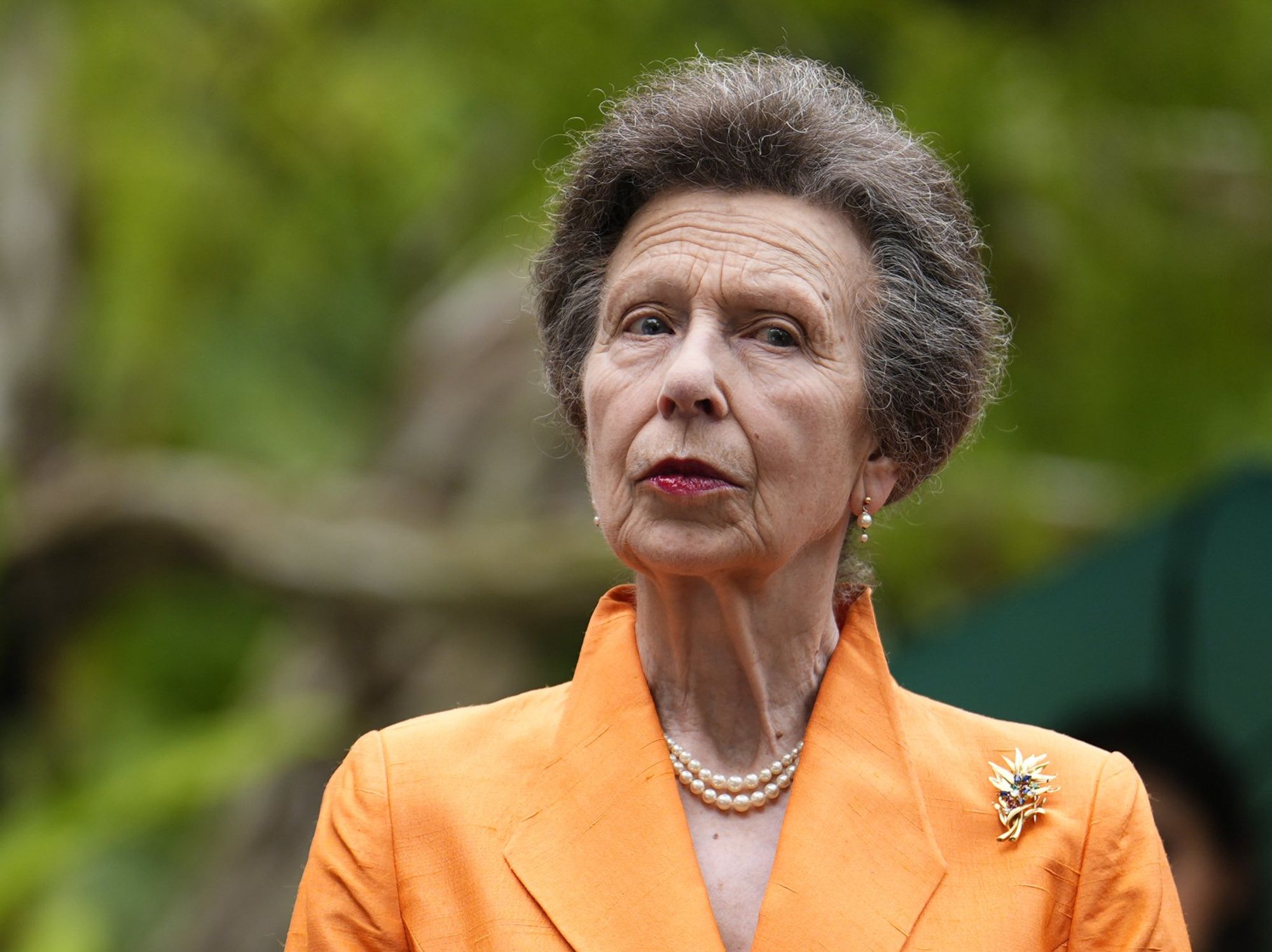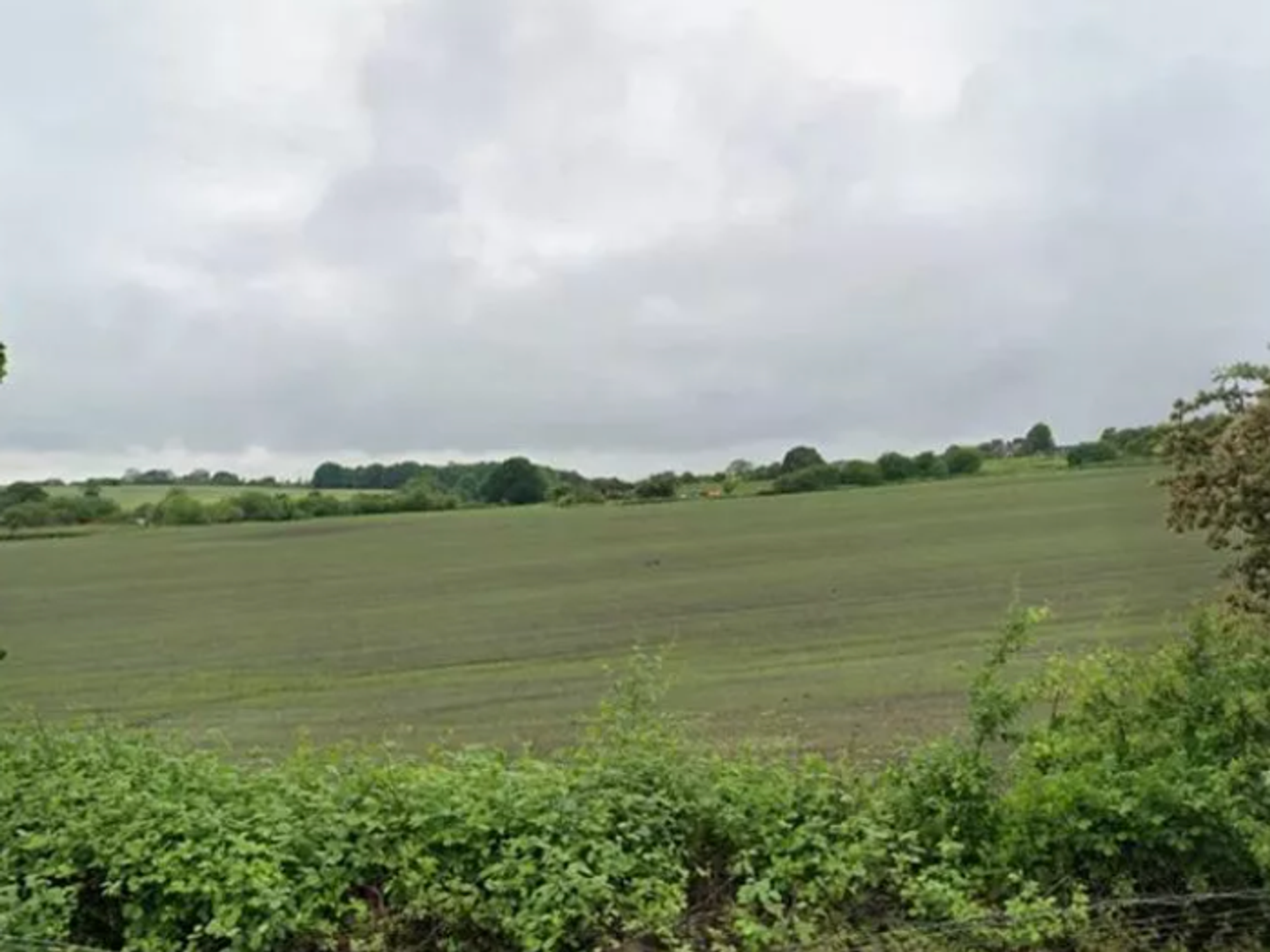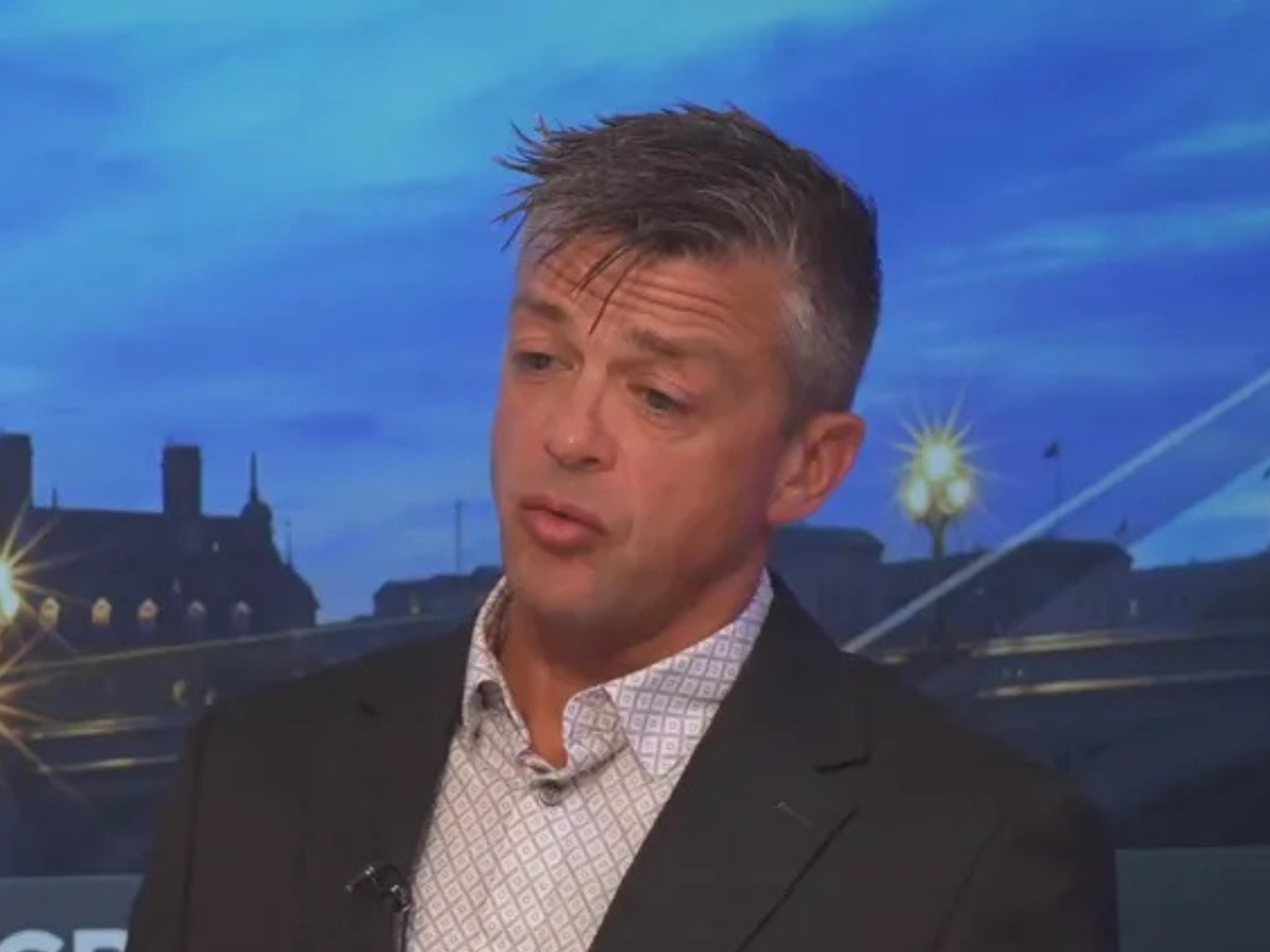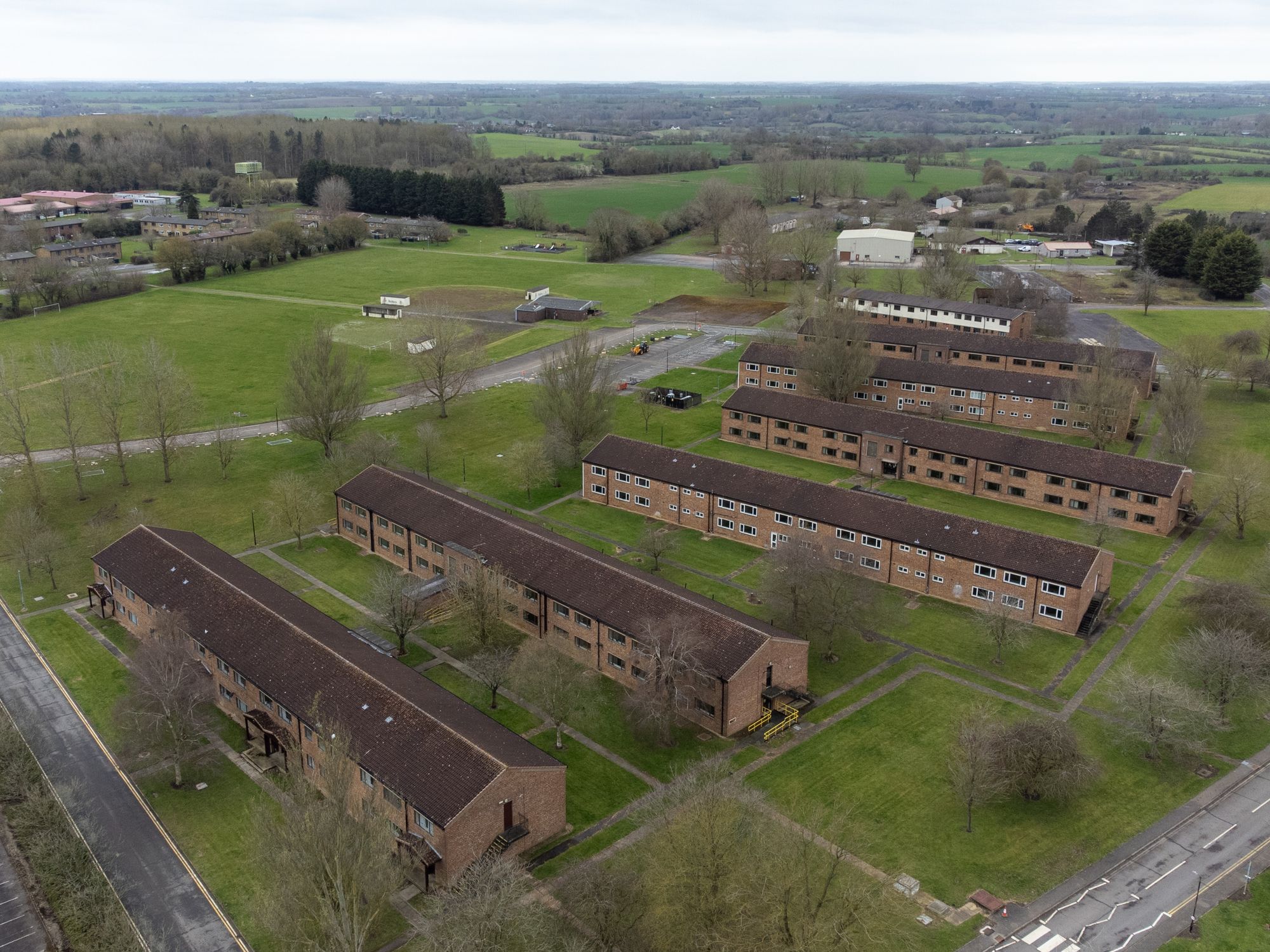Inside Denmark's strict ghetto plan to destroy 'parallel communities' as Tories consider copycat law for Britain's migrant crisis

GB News has taken a look at the benefits and drawbacks of Copenhagen's migrant crackdown as Kemi Badenoch opens the door to similar proposals
Don't Miss
Most Read
Trending on GB News
Kemi Badenoch has suggested she could follow Denmark’s controversial "ghetto law", which allows the state to demolish apartment blocks in areas where at least half of the residents have a "non-western" background.
Speaking at an event in London, the Tory leader said she had "looked at" the plans in Denmark championed by Prime Minister Mette Frederiksen, who swept to power in 2019.
The policy has split opinion in Copenhagen, with supporters saying it encourages foreigners to mix with locals.
However, detractors, who are currently challenging it at the European Court of Justice, claim that it is discriminatory.
GB News has taken a look at the scheme and how it could apply to the UK.

Badenoch has praised the plans by Prime Minister Mette Frederiksen
|GETTY
What does the policy entail?
Under Frederiksen's centre-left Social Democrats (Socialdemokratiet), Denmark has pushed for some of the harshest immigration policies in Europe.
In 2021, Copenhagen passed a law that could allow refugees arriving in Denmark to be moved to asylum centres in partner countries, such as Rwanda, a proposal which drew ire from the European Commission.
Two years later, residency permits for Syrian refugees were revoked, with the Danish Ministry of Foreign Affairs declaring some parts of the war-torn country safe for return, before backtracking after international backlash.
However, Denmark's "ghetto list", first compiled in 2010, has been at the heart of a political storm in the country.
The criteria for the list include higher-than-average jobless and crime rates, lower-than-average educational attainment, and, controversially, more than half of the population being first or second-generation migrants.
Frederiksen’s predecessor, Lars Løkke Rasmussen, introduced nearly two dozen "ghetto laws" that officially earmarked more than 24 immigrant-heavy communities as "ghettos".
Under the plans, which were forwarded by Frederiksen, pre-school children must spend at least 25 hours a week in state kindergartens with a maximum migrant intake of 30 per cent, and face language tests. Otherwise, their families’ benefits can be revoked.
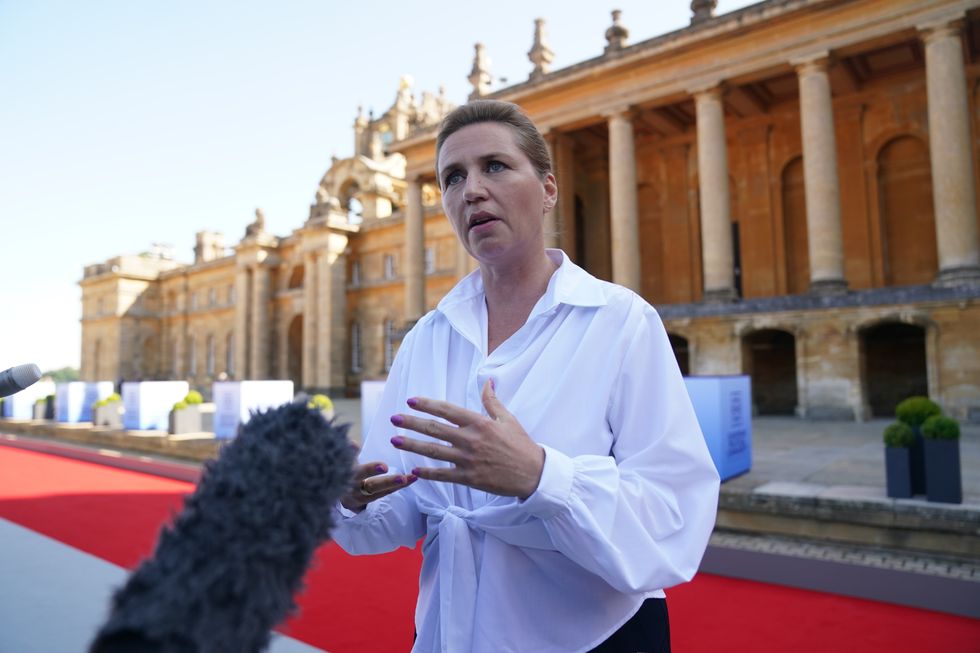
Prime Minister of Denmark Mette Frederiksen
| PA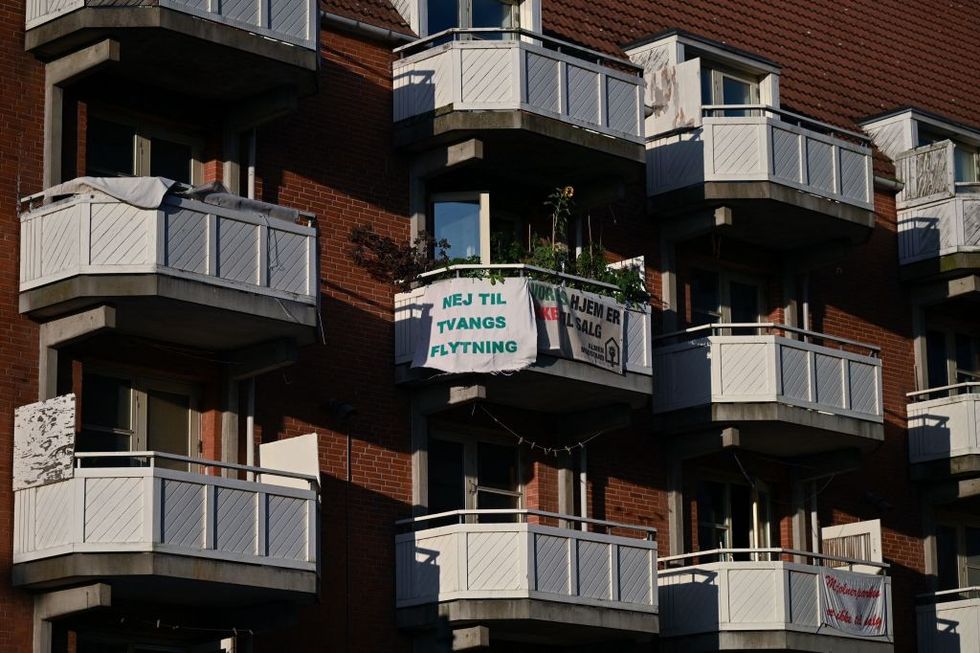
Banners with texts reading 'No to forced relocation' and 'Our homes are not for sale' at one of the 'ghetto' areas
|GETTY
However, the most controversial part of the plans - the "ghetto" areas, known officially as "parallel societies" must slash their public housing stock to no more than 40 per cent.
Under the plans, entire blocks will be emptied and converted into private and co-operative housing, from which people on low incomes will be forbidden.
In some Danish cities, not including Copenhagen, the blocks will be demolished.
While current tenants will be offered alternative accommodation, they have no control over its location, quality or cost and the eviction and renovation plans will be paid for from proceeds from a fund paid into by public housing tenants themselves.
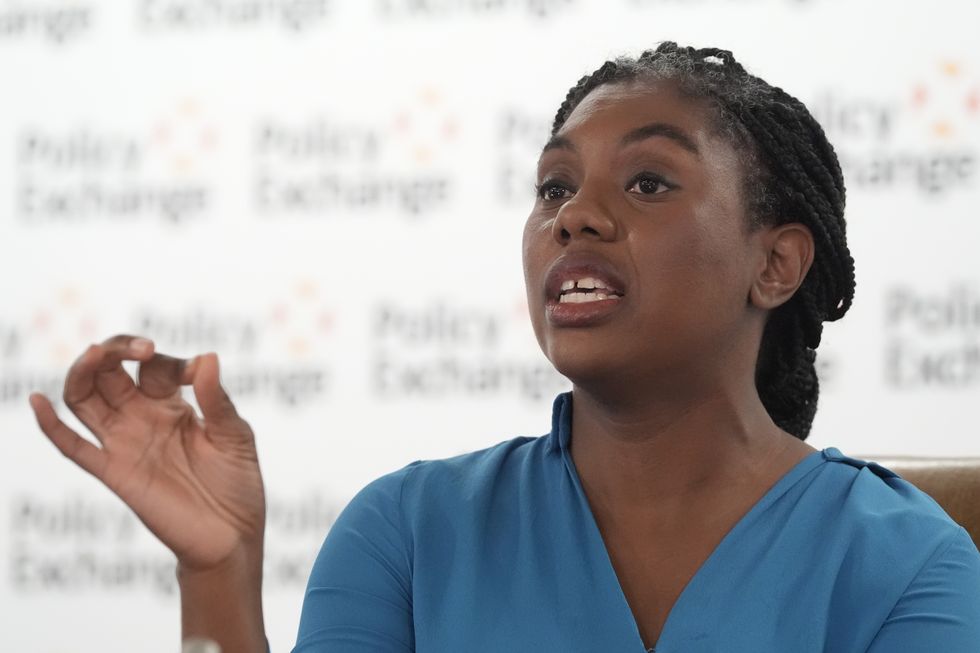
Conservative Party leader Kemi Badenoch said she has looked into the plan
|PA
Speaking at an event at the Policy Exchange, Badenoch noted that she had "looked at" the Danish plans and would be talking about them more.
She said: "I think integration is not enough. I say assimilate, I think assimilation should be the target, and if people don’t assimilate, then they integrate.
"But we’ve had so many, so many people, so high numbers, people from lots of different places, which is not what immigration used to look like, and I think we need to move from passive to active integration.
"We need to do what works for the UK, it’s not exactly the same situation, we have a much bigger population, and so many other things that would require adjustments, but that sort of thing, yes."
More From GB News


